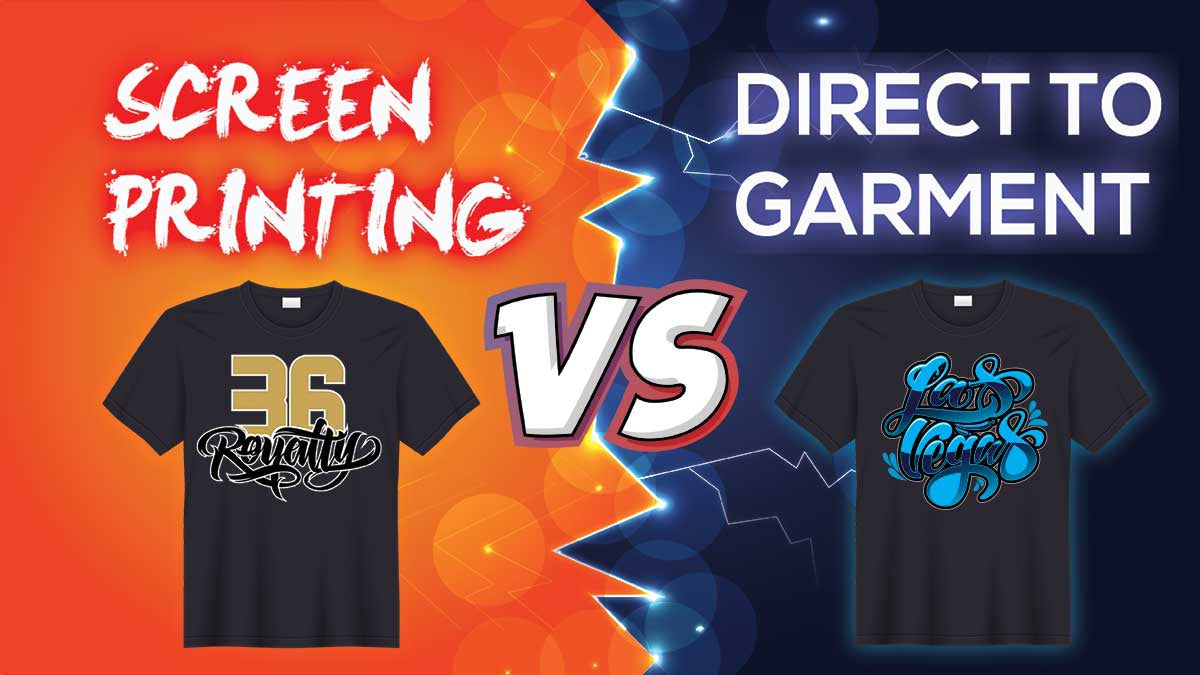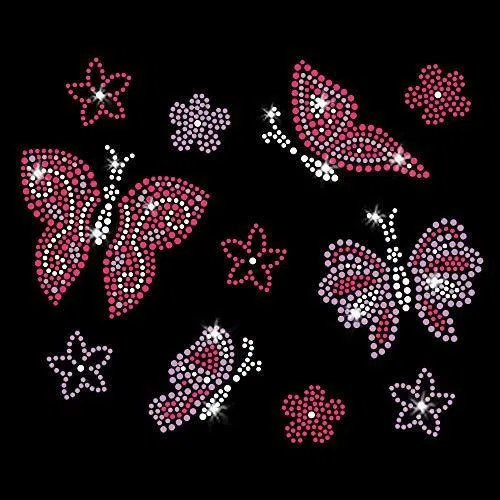Did you know that rhinestones get their name from where they originally came from? The Rhine river! A river in Europe, the Rhine touches Switzerland, France, Germany, and other countries. It was a French jeweler who discovered handfuls of shiny stones in the Rhine and decided, “Hey, why not fasten these stones to clothing, jewelry, and other items?” It turns out that this was a pretty good idea, because the shiny stones mimicked diamonds in their color and sparkle. That was the birth of rhinestones! Today they’re very rarely actually stones. But instead made of glass or acrylic. And they’ve expanded too… they’re not just white, diamond-looking stones anymore. They come in all sorts of gemstone colors and even some that are opaque and look like metal!
The question is… what is the difference? It’s actually pretty simple: a rhinestone allows light to pass through it, like a diamond would. They’re not just white like a diamond though, they can be all sorts of colors. On the other side a rhinestud is solid and does NOT allow light to pass through it. Think of the studs on your jeans. A rhinestud has a finish that appears almost like a piece of metal. See below for examples!

We know the one of the left is s rhinestone because light is passing through them, making them shine and shimmer like a diamond does. On the right hand side we can see that light is NOT passing through. This means that it is a rhinestud design. Both designs look exactly the same, but can be used for different ends. A rhinestone is meant to mimic a diamond, giving it a more fancy or upscale look good for cheer, pep, dance, or garments bright in color. Rhinestuds on the other hand are meant to mimic a metal look and pair well with distressed screen print, designs with splatter effects, and other artwork with an urban feel. Regardless which one you use, rhinestones and studs are a GREAT way to set off any transfer! Simply apply the other transfer first, and then apply the rhinestones or studs around the first transfer, not touching. And you have a multi-media design!





